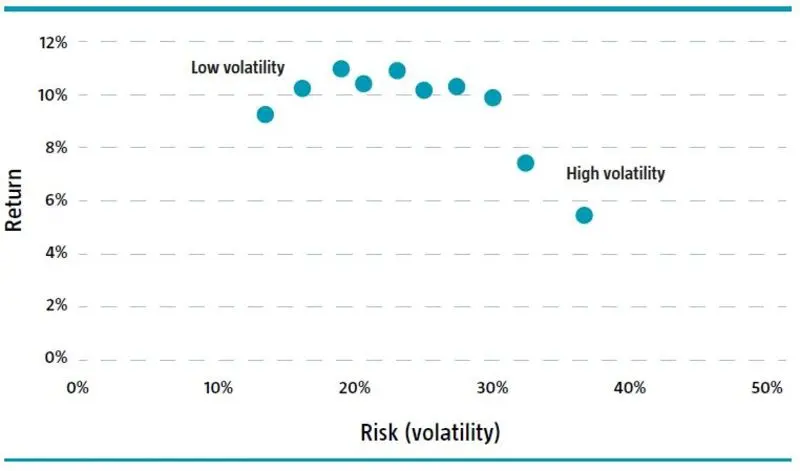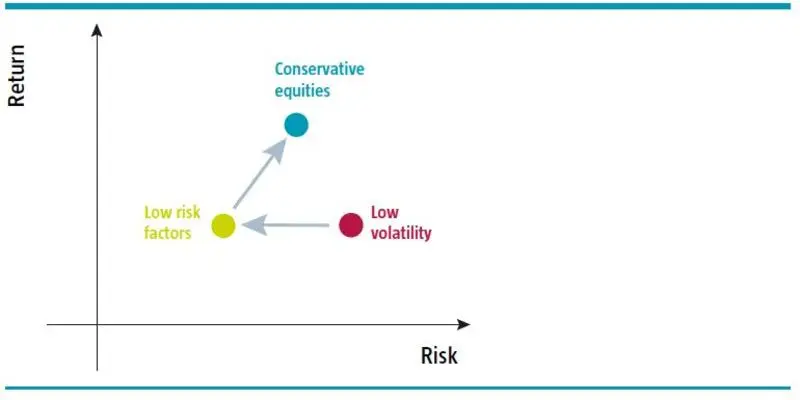Disclaimer
The information contained in the website is solely intended for professional investors. Some funds shown on this website fall outside the scope of the Dutch Act on the Financial Supervision (Wet op het financieel toezicht) and therefore do not (need to) have a license from the Authority for the Financial Markets (AFM).
The funds shown on this website may not be available in your country. Please select your country website (top right corner) to view more information.
Neither information nor any opinion expressed on the website constitutes a solicitation, an offer or a recommendation to buy, sell or dispose of any investment, to engage in any other transaction or to provide any investment advice or service. An investment in a Robeco product should only be made after reading the related legal documents such as management regulations, prospectuses, annual and semi-annual reports, which can be all be obtained free of charge at this website and at the Robeco offices in each country where Robeco has a presence.
By clicking Proceed I confirm that I am a professional investor and that I have read, understood and accept the terms of use for this website.
Quantitative investing
Low volatility factor
Low volatility stocks realize comparatively high risk-adjusted returns. The same is true for corporate bonds.
The notion that greater risk pays off in the long run by generating higher returns has been proven incorrect by academic research*. Further studies show that the performance of low-risk stocks does not lag that of the market as a whole. The chart below demonstrates this on the basis of data from a study.
Figure: Risk-return ratio 1931 - 2009

Source: Pim van Vliet: 'Low-volatility investing - a long-term perspective', January 2012.
Robeco's approach to investing in low-volatility equities is reflected in its 'Conservative Strategy'. Compared to an ordinary low-volatility strategy, this approach strives to achieve lower transaction costs, reduced risk and extra returns in a market upturn.
Robeco not only selects stocks on the basis of low volatility, but also looks at insolvency risk and Value- and Momentum-driven factors. For example, by taking the Value factor into account in the selection of low-volatility stocks, investors are prevented from paying too high a price.
This is how this strategy differs from that used by low-vol investors who select stocks exclusively on the basis of historically low volatility.
Invisible layers surface to deliver attractive returns
Figure: Improved risk-return ratio in Robeco's Low Volatility factor approach - Robeco Conservative Equities

Source: Pim van Vliet: 'Low-volatility investing - a long-term perspective', January 2012.
Robeco uses the low-volatility anomaly not only for stocks, but also for bonds, and calls this approach 'Robeco Conservative Credits'. According to this methodology, investments are made consistently in the bonds of companies with a low level of expected risk.
These bonds are characterized by a shorter time to maturity and a higher level of 'seniority' (the order of repayments in the event of default). The bonds are issued by companies with relatively low debt-to-equity ratios.















